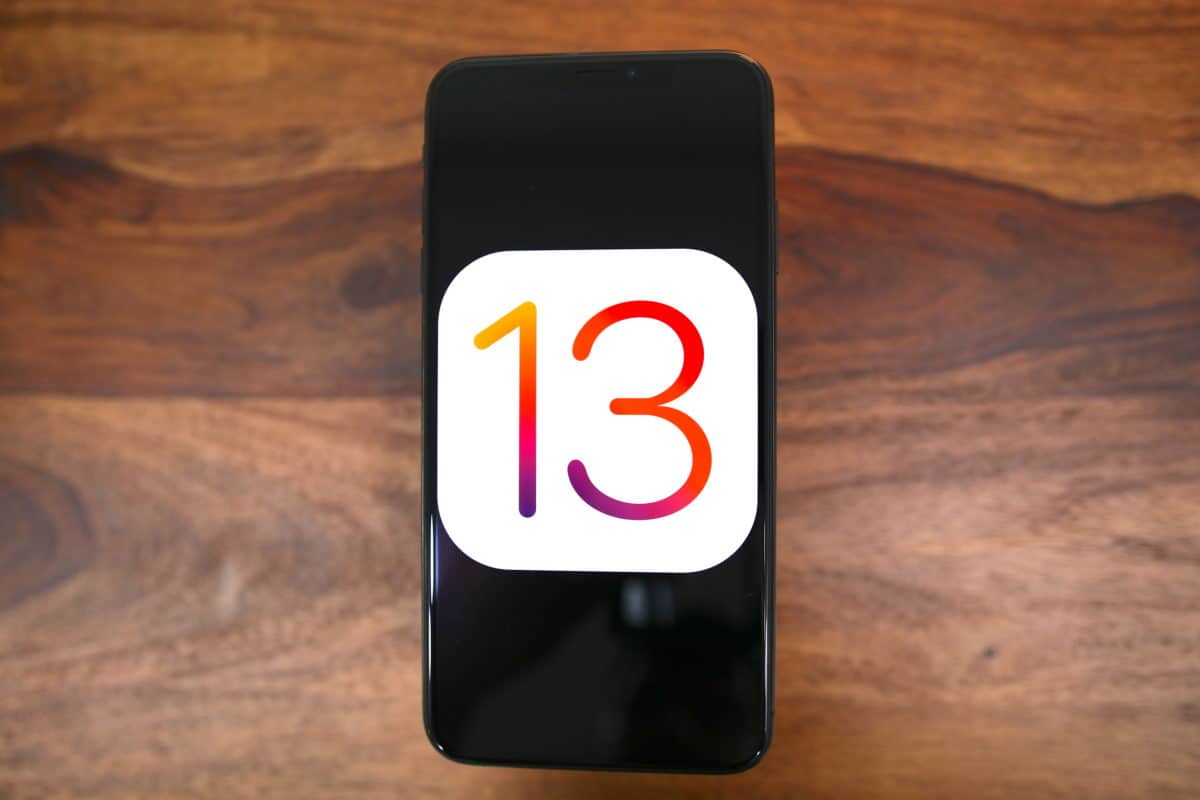
Robocalls are a menace in the United States that has even led the FCC to direct all major networks in the region to fight them. AT&T and T-Mobile have already implemented the new STIR/SHAKEN protocol that helps the fight robocalls, and while iOS 13 supports this feature, it does not work in a way that will help you avoid robocalls.
Whenever a call is made from AT&T’s network to a T-Mobile user, the STIR/SHAKEN protocol is used and it is verified whether the caller is genuine or if the number has been spoofed. The same stands true in the opposite scenario as well: when a call originates from T-Mobile’s network to an AT&T number.
On compatible Android devices, the “Call Verified” notice is displayed on the incoming call screen letting users know that its a genuine call. For robocalls, this notice won’t be displayed.
While iOS 13 also supports the STIR/SHAKEN protocol, the way Apple has implemented the feature means one cannot figure out if the incoming call is genuine or not from the call screen. Like previous iOS releases, iOS 13 will simply show the caller’s number and their location. There won’t be any call verified notice on the call screen.
Instead, it is in the call log that Apple displays a checkmark for verified calls. This beats the whole purpose of verifying calls since most people would like to know if the caller is real or not before picking up the call, not after it.

Robocalls are a serious problem in the United States and this is a major oversight from Apple. The company should look into changing the incoming call screen and add the checkmark there so that users are able to know if a caller is genuine or not before picking up the call.
[Via The Verge]